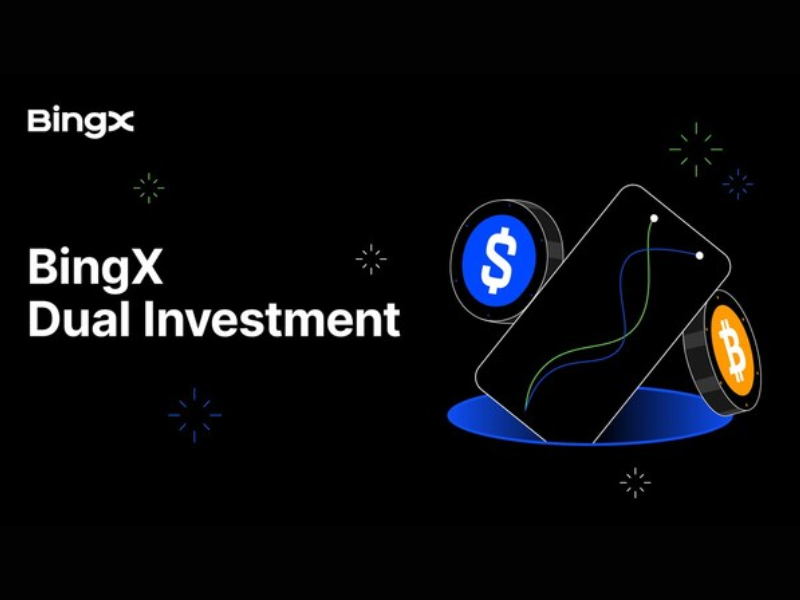As video content capture and delivery continues to evolve, broadcasters are revisiting legacy workflows and business models in order to streamline processes and improve their competitive position in an increasingly complex market.
Internet protocol (IP) video could play a critical role in not only optimizing workflows and keeping down OPEX, but also creating new offerings for broadcasters to distinguish themselves and compete with new media providers.
Here, Bruno Teissier, Senior Vice President of Sales at VITEC: a global technology leader in the IPTV space, shares his insights.
Challenges in 2024 and beyond: the evolution of new video capture and broadcast technologies
Demand for live and on-demand video feeds has increased significantly with the evolution of new video capture and broadcast technologies. These new technologies have opened the door to new players — especially streaming service providers — striving to meet elevated demand, challenging broadcasters to deliver new enhanced services while holding the line on operational costs.
As broadcast production teams across the industry act to meet the specific demands of the markets they serve, meeting these challenges will not be easy. Each geographic market comes with its own needs, objectives and limitations when managing everything from network latency and content quality to optimizing financial performance.
Leaders in the sector must consequently focus on moving forward with existing and new value propositions while reducing OPEX, maintaining sustainability — now an important priority for a growing number of broadcasters — and working within the parameters of constrained networks.
Meanwhile, a tremendous amount of content is being produced by nearly every broadcast category. Companies like ESPN, for example, are covering more local, national and international events than ever to meet the mass market and niche demands of their audiences. Similarly, Bally Sports in the USA proposes regional specific sports coverage, and TV2 Norway pushes personalization to the next level at school games with its MyGame platform, dedicated to grassroots and lower tier sports.
They realize that if broadcasters fail to address these demands, other players will, as video-centric platforms — like Instagram and TikTok — create opportunities for consumers to access more sources of video distribution and formats than ever before.

Leaders in the industry must respond by reviewing their current operations, addressing emerging demand and investing in new processes and technologies that allow them to cost-effectively compete in this environment.
The adoption of new intelligent, automated, energy-efficient and sustainable technologies is critical
Almost every aspect of broadcast operations has become more complicated. There is more equipment than ever to capture, process and distribute content. The audience has become more fragmented, creating demands for new formats — including long-form and short-form content — that can be displayed on TVs, mobile phones, computer screens and tablets, that are all very important when targeting a young audience.
Typically, the emergence of more complexity comes with elevated costs. The challenge is that few broadcasters can afford to absorb more expenses. This means they need technologies to manage complexity and meet the growing needs of their markets without a commensurate increase in employee headcount or operational expenditures.
As a result, adoption of new intelligent, automated, energy-efficient and sustainable technologies critical to the broadcasting industry. As broadcasters modernize and refresh their technology investments, they must not only focus on optimizing operating costs but also on improving technical performance by reducing latency across the delivery pipeline.
It is therefore important for executives in the sector to take a hard look at the next generation of video compression and codec standards; it will play a critical role as broadcasters meet strategic, operational and sustainability requirements in a highly competitive environment.
Optimizing efficiency: industry leaders need to review all aspects of their broadcast operations
There are so many changes that leaders must consider. Traditional broadcast environments have high overhead costs compared to new players — including streaming provides and social-media platforms — that have now established themselves in the video distribution and consumption market.
As a result, legacy business models must be revisited. Leaders must review all aspects of their broadcast operations — from travel to daily expenses and human resource costs to in-studio technologies.
Like many other industries, broadcasters must determine how to do things like move non-essential personnel to work remotely so that they can reduce overhead and operational costs while maintaining — if not improving — quality.
By integrating public internet and enterprise information technology (IT) infrastructures broadcasters can replace redundant networks, equipment and dedicated workflows creating an opportunity to radically reduce OPEX for broadcasters.
Bio:
Bruno Teissier is the Senior Vice President of Sales at VITEC.
VITEC is a global technology leader in the IPTV space, working within the Intelligence, Surveillance, Target Acquisition and Reconnaissance (ISTAR) arena for over 20 years.




















